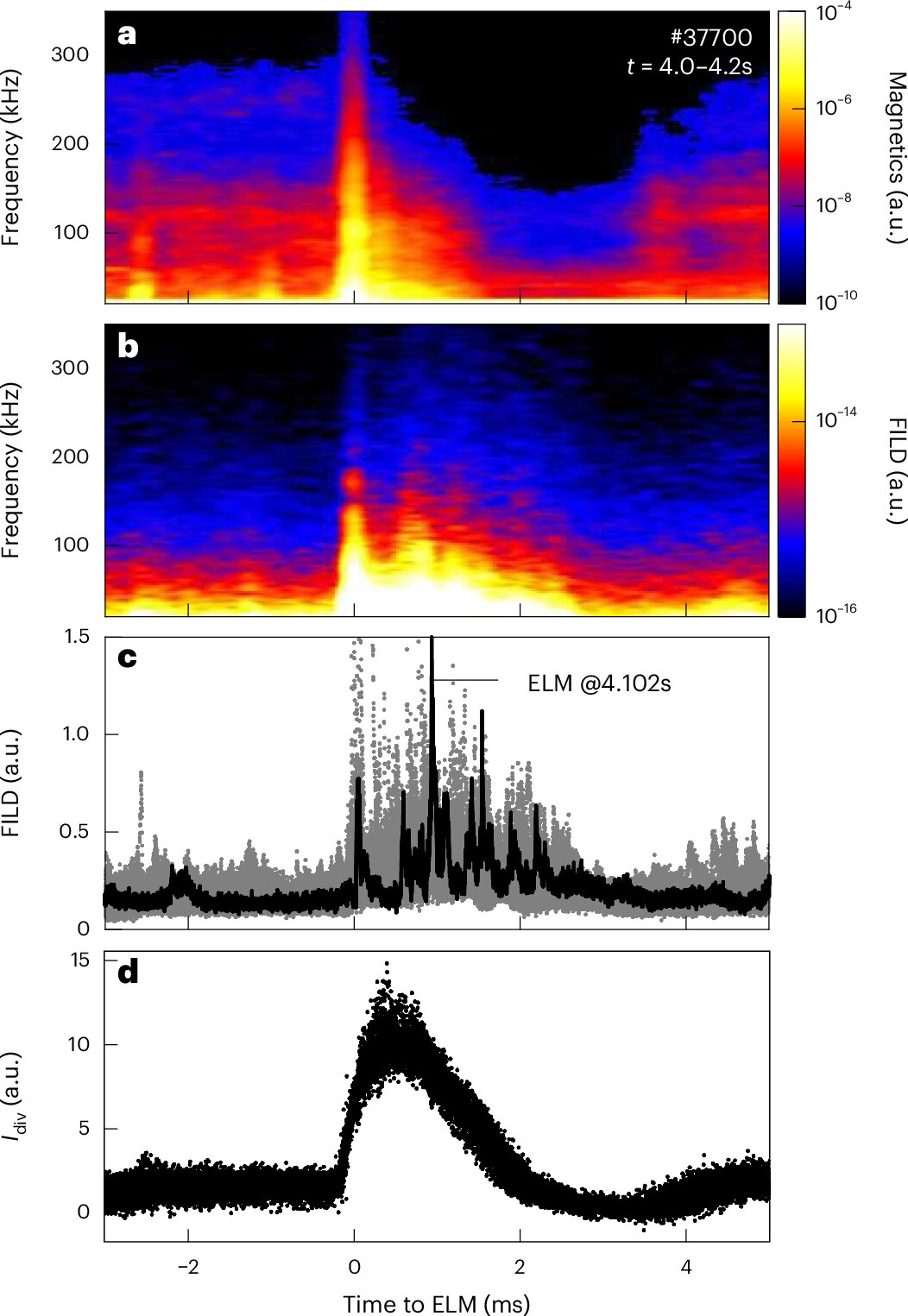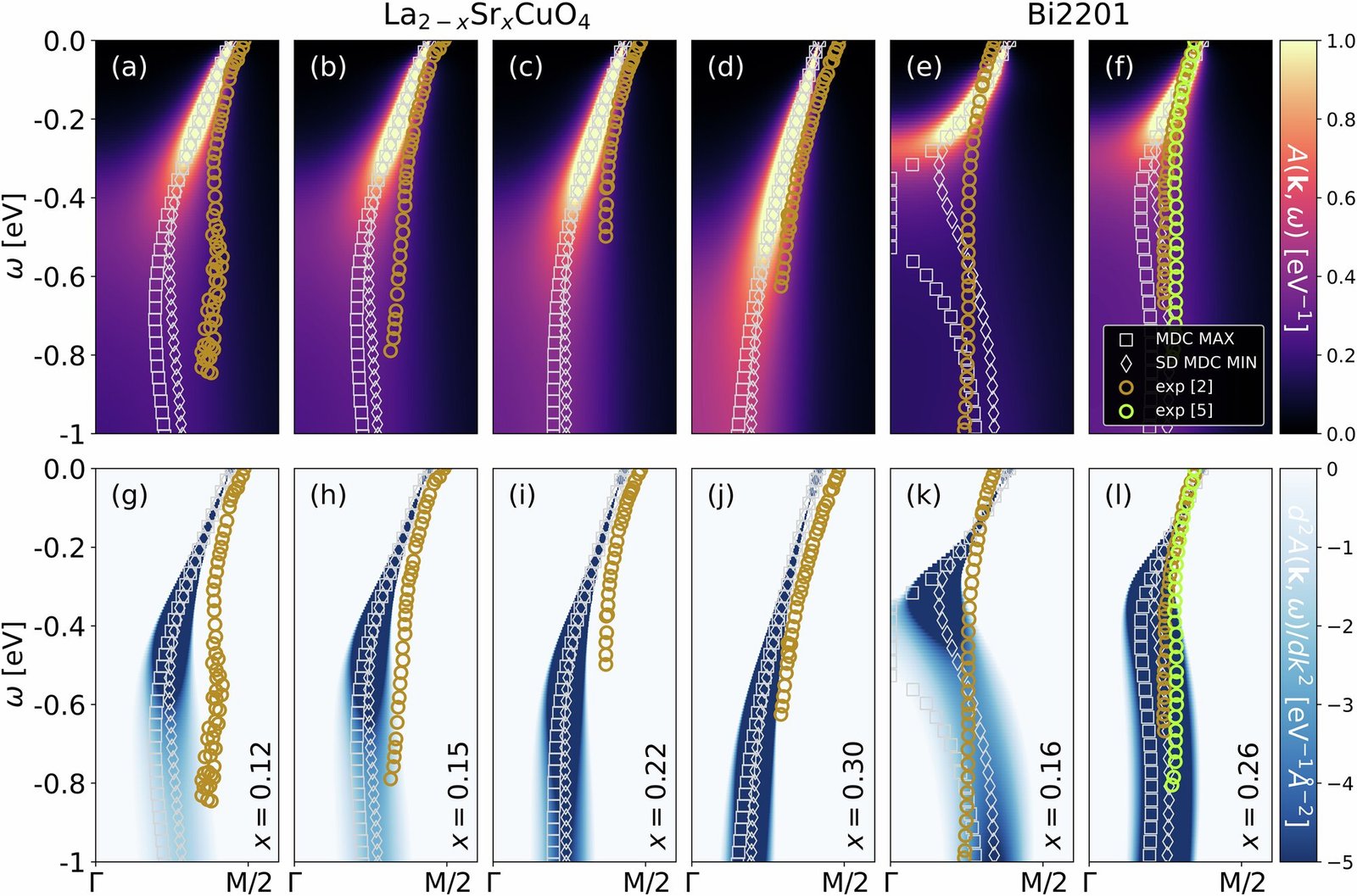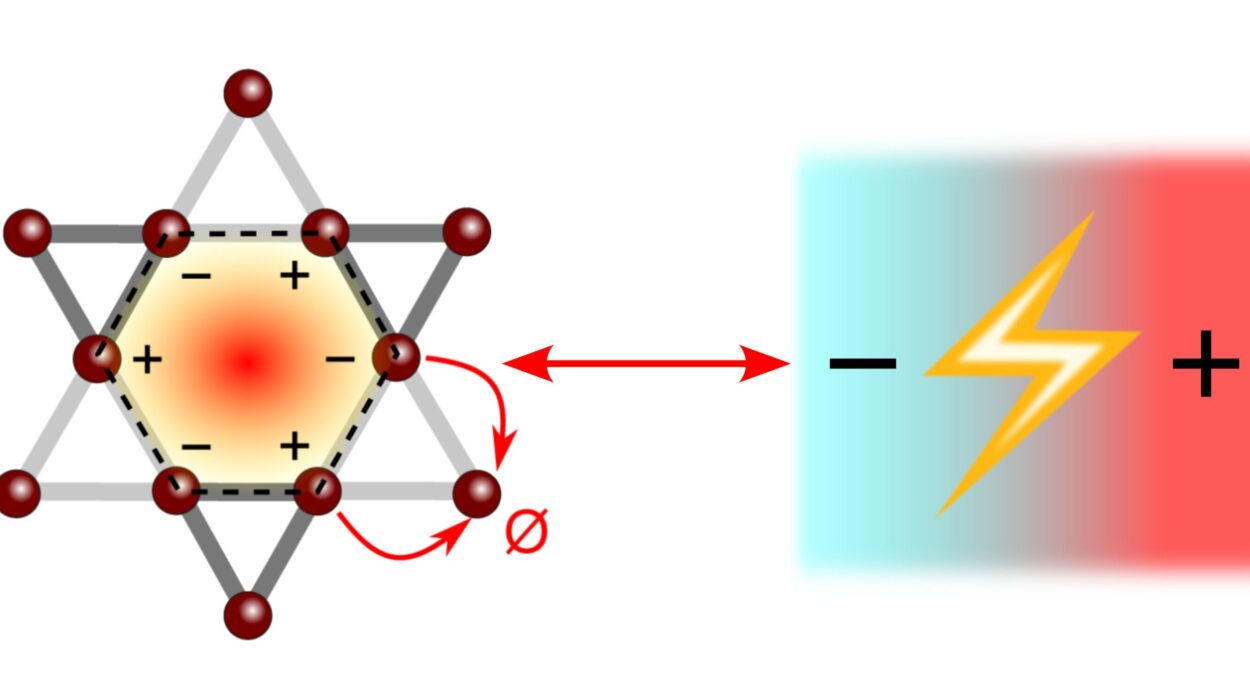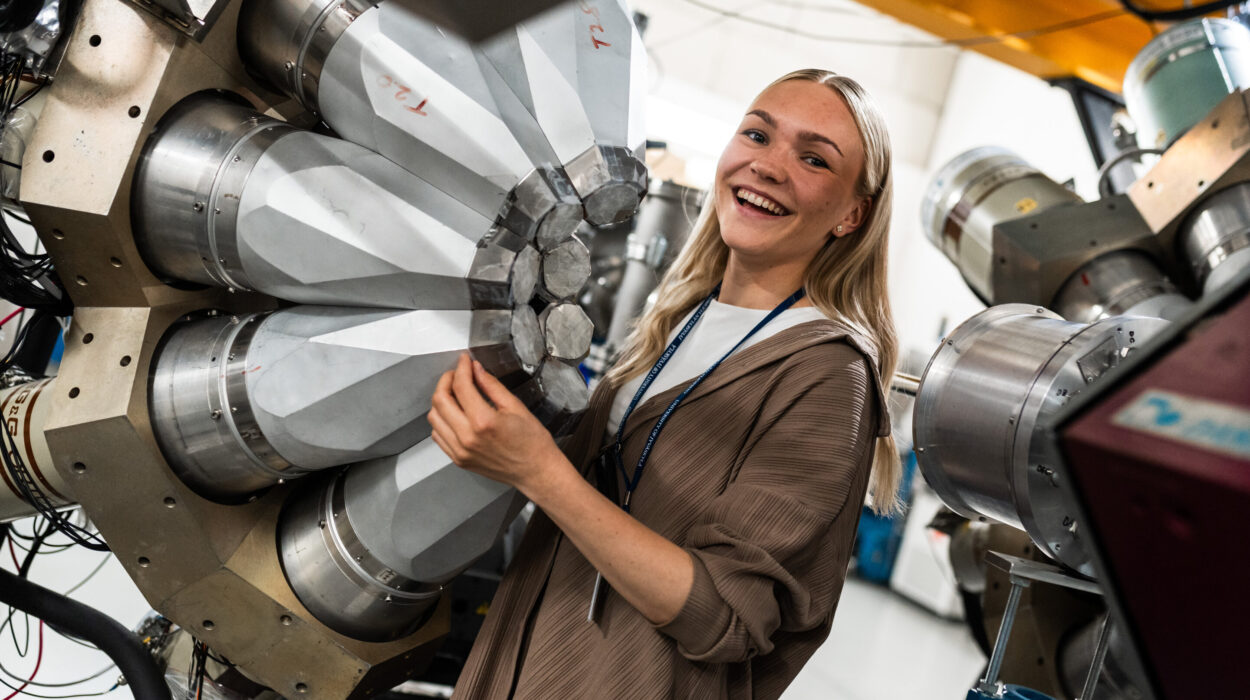The global energy crisis and the urgent need for clean and sustainable energy sources to meet the increasing energy demand have driven many scientists and engineers to explore innovative solutions. Among the most promising candidates is nuclear fusion, the process that powers the stars. Fusion has the potential to provide an almost limitless and environmentally friendly energy source. However, achieving controlled nuclear fusion on Earth presents one of the most significant scientific challenges of our time.
Nuclear fusion involves the combination of two light atomic nuclei, such as isotopes of hydrogen, to form a heavier nucleus, releasing a vast amount of energy. This process is what powers the sun, and it holds the promise of clean energy, as it generates no greenhouse gases, produces minimal long-term radioactive waste, and has abundant fuel sources, primarily deuterium and tritium. The difficulty lies in achieving the conditions necessary for sustained nuclear fusion, including extremely high temperatures and pressures that mimic the extreme environment inside the core of the sun.
To achieve nuclear fusion, scientists have designed several types of reactors, with the most promising concept being the tokamak. The tokamak uses powerful magnetic fields to confine hot plasma, the superheated state of matter where fusion reactions occur. The plasma needs to be contained without touching the walls of the reactor to prevent cooling and damage to the components. This containment process is critical to achieving sustained fusion reactions. The International Thermonuclear Experimental Reactor (ITER) in Cadarache, France, represents the largest and most advanced tokamak project currently under construction. ITER’s mission is to demonstrate that nuclear fusion can be achieved on a scale large enough to generate more energy than is put into the system, an essential step towards building commercial fusion power plants.
A key challenge in the development of fusion power is achieving high plasma confinement. The ability to keep the plasma stable and contained is necessary for maintaining the extremely high temperatures required for fusion reactions. One of the major obstacles to achieving this confinement in tokamaks is the occurrence of edge instabilities at the plasma boundary. These instabilities, known as edge localized modes (ELMs), result in the sudden release of energy from the plasma, leading to significant particle and energy losses. The analogy is often drawn to solar flares, which occur on the surface of the sun. These bursts of energy and particles can cause substantial damage to plasma-facing components, resulting in erosion and excessive heat fluxes. This is problematic because in future fusion reactors, these instabilities could damage key components and prevent the system from reaching optimal conditions for fusion.
Energetic, or suprathermal, particles play a significant role in the development of fusion reactions, especially in future burning plasma devices. These particles are produced by high-energy reactions in the plasma and contribute to maintaining the momentum and energy necessary for self-sustaining fusion reactions. To successfully maintain fusion, the confinement of energetic particles must be carefully controlled. Without proper confinement, these particles would escape, disrupting the balance needed to maintain a continuous fusion process.
Researchers have been investigating how these energetic particles interact with edge localized modes, as understanding these interactions is vital for improving plasma confinement in tokamaks. A recent study published in Nature Physics offers significant insights into this area of research. The study involved an international collaboration and aimed to explore how energetic ions influence ELM behavior. Using a combination of experiments, computational simulations, and advanced modeling, the team sought to understand the complex dynamics between energetic particles and ELMs.
The experiments were conducted at the ASDEX Upgrade tokamak, located at the Max Planck Institute for Plasma Physics in Germany. ASDEX Upgrade is a crucial experimental fusion device, as it helps refine our understanding of plasma behavior and tokamak physics. The researchers used simulations with a hybrid code named MEGA (Multi-Scale Edge Gyrokinetic Algorithm), which allows the modeling of the interactions between edge localized modes and energetic particles. By comparing simulation results with experimental data, the researchers were able to develop a more nuanced understanding of how these instabilities and particles behave within the plasma.
The study found that the presence of energetic ions significantly affects the spatio-temporal structure of edge localized modes. The term “spatio-temporal” refers to the changes in the patterns and behavior of the instabilities over time and space within the plasma. The researchers discovered that the interaction between ELMs and energetic particles is essentially a resonant energy exchange. This exchange helps to explain the observed similarities between the experimental signatures of the ELMs detected by magnetic diagnostics and the signals from fast-ion loss detectors. In simple terms, the energetic ions “ride” the ELMs, much like a surfer riding a wave, and leave a mark on their spatiotemporal structure.
This discovery has important implications for both the basic understanding of fusion plasmas and the development of technologies that could make fusion energy a reality. Jesús José Domínguez-Palacios Durán, the main author of the study, explains that this mechanism could offer valuable insights into how to control ELMs more effectively. Just as a surfer can control their movements on a wave, energetic particles may be used as active actuators to influence the behavior of ELMs. This ability to control edge localized modes through the use of energetic particles opens new avenues for optimizing plasma confinement and, by extension, improving the prospects for sustainable fusion power.
The study represents a significant step in understanding how energetic ions and ELMs interact in the plasma of a tokamak. For the first time, a detailed mechanism has been proposed, offering insight into the complex behavior of both phenomena. The findings suggest that, for ITER, there will be a considerable amount of energy and momentum exchange between ELMs and energetic ions. This understanding is crucial because ITER is expected to involve high-energy particles, and the behavior of these particles will have a substantial impact on plasma stability. By understanding these interactions, scientists hope to devise methods to mitigate the effects of ELMs and reduce the wear and tear on plasma-facing components.
The importance of these findings cannot be understated. The success of future fusion reactors will depend largely on the ability to manage plasma stability. If instabilities such as ELMs can be mitigated, fusion energy has the potential to provide a stable, clean, and virtually unlimited source of power. Moreover, the research could lead to more effective diagnostic tools for real-time monitoring and control of plasma behavior. The progress made through the study of energetic particle dynamics and ELM interaction in tokamaks like ITER is laying the groundwork for the realization of fusion energy as a viable solution for our future energy needs.
Reference: J. Dominguez-Palacios et al, Effect of energetic ions on edge-localized modes in tokamak plasmas, Nature Physics (2025). DOI: 10.1038/s41567-024-02715-6






